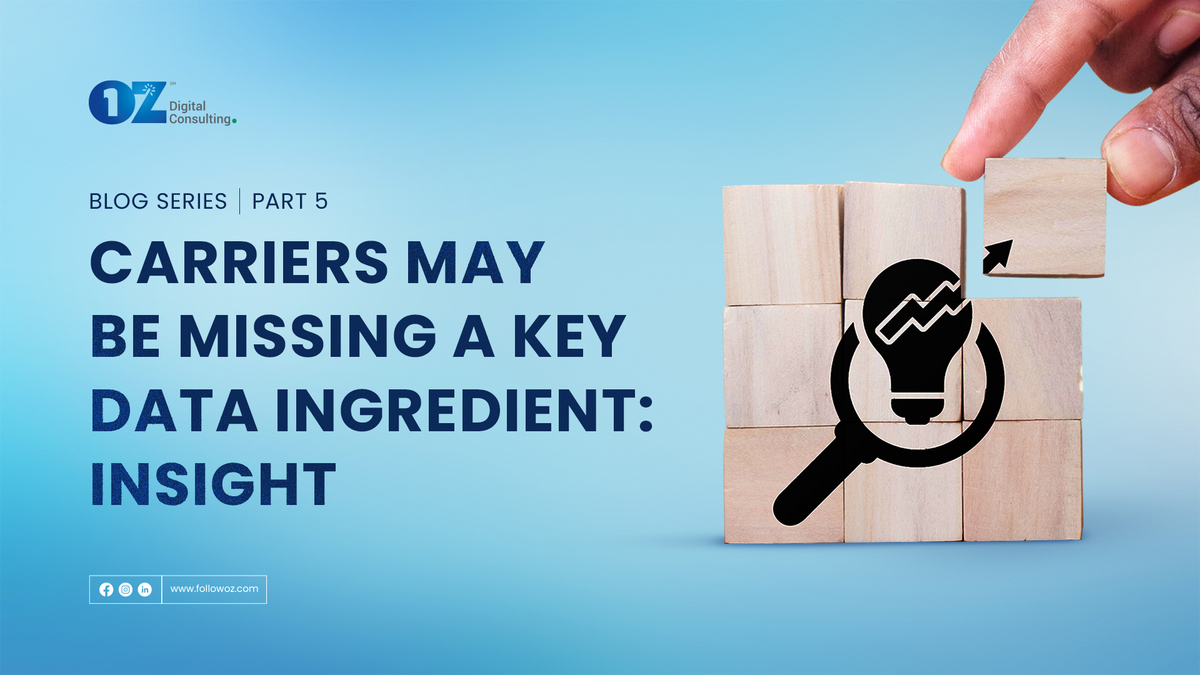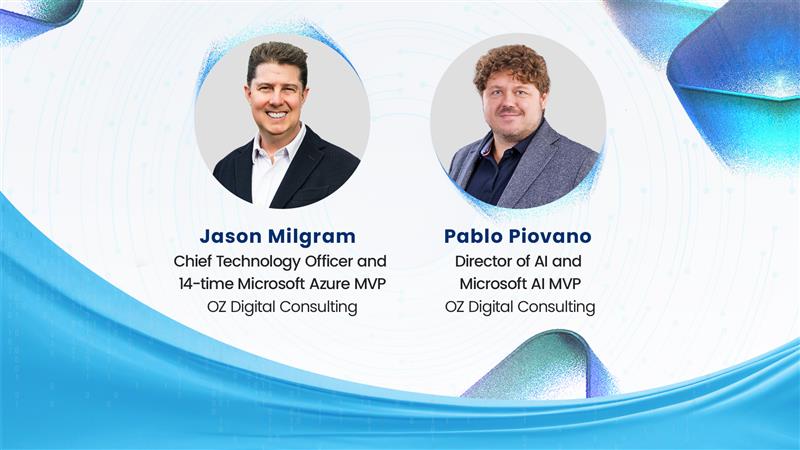By Murray Izenwasser, SVP, Digital Strategy
Welcome to the fifth edition of the blog series “Under the Hood: Unlocking the Hidden Value in Insurance Data.” Every carrier will agree that data is no longer just nice to have. It’s a must-have in our all-digital, multi-channel world. But in the clamor to be data-driven, insurance organizations tend to forget that having access to data is no longer enough. Today, insight is the new data. Data by itself is useless unless we transform the data into information and that information into insight — and action. This blog post explores how carriers, leveraging powerful, new analytics technology, can put data to work in ways previously not considered.
Insight Is The New Data
Data drives the insurance business. Be it customer data, data from real-time weather feeds and current policy forms, policy renewals or terminations, and publicly available government data such as criminal records, bankruptcies, and foreclosures, carriers have historically collected a wealth of data. But despite this, why do carriers struggle to become data-driven organizations where data drives business decisions?
Few have found a way to put data to work. Or have the right analytics tools to harness data’s potential to manage risk and streamline pricing and underwriting. For data to be truly useful, carriers must find ways to turn this data into information and that information into insight — and action. Data without insights is meaningless, and insights without action are pointless.
Data and Insights: Good Decisions Need Both
“In God we trust. All others must bring data,” said W. Edwards Deming, emphasizing the importance of data measurement and analysis when doing business. Data analysis plays a crucial role in insurance, like any other business. Analytics helps carriers assess and quantify risks, detect fraud, unearth new insights, and use data in ways they had previously not considered.
Unfortunately, despite carriers having access to a wealth of data, they have lagged behind other industries in investing and adopting data analytics and intelligent automation.
The Risks of Ignoring Data Analytics
Without robust reporting, carriers will be unable to:
- Spot trends and identify risk factors
- Assess, quantify, and price risk accurately
- Detect anomalies that flag potential fraud
- Analyze data related to property maintenance, customer behavior, and safety and make recommendations to predict and prevent risk.
Leveraging Data and Analytics
While carriers have access to mountains of data — everything from disaster models to historic perils, real-time weather feeds, and current policy information — not every carrier integrates big data and analytics into their operations. Those that do effectively reduce friction throughout the customer journey — from requests for coverage to claims — while mitigating risk and cutting costs. And they are reaping the dividends in the following ways:
- Risk-based Pricing: Even without face-to-face customer interactions, you can build accurate customer profiles by aggregating data from various sources — and scoring this based on demographics, social media, and public-facing data — to create more personalized products and risk-based pricing. Carriers can price dynamically based on changing risk profiles — all enabled by granular behavioral data and advanced modeling.
- Intelligent Risk Assessment: Commercial risk assessment is data intensive. A fixed data set is traditionally used to perform a risk assessment, which can be limiting. But when carriers integrate real-time data from external sources — more granular and up-to-date than you would typically find — it helps them better assess the property submission before the policy is accepted.
- Fraud Detection and Prevention: Insurance companies lose over $40 billion a year to fraud. Predictive analytics, including text analytics and sentiment analysis, sifts through unstructured data — which wasn’t possible earlier — to proactively identify patterns and detect fraud.
- Improved Customer Experience: Many insurers consider each customer touchpoint— from visiting the website to calling an agent, or from quote submission through a claimant experience—as a set of discrete events. But customers experience those events as part of a journey. So, when carriers create a unified data ecosystem and connect the data to better understand the customer journey, they can improve systems and processes to create exceptional customer experiences.
- Claims Management: By integrating all their data sources, carriers can have a single, more granular view of their organizational claims summary, loss ratio by product, line of business, and claims overtime report against the premium. They can drill down into the number of claims by channel, product, state and so on, including the average time/number of days it takes to settle a claim.
- Distribution: Data will help carriers reduce the cost of distribution, which gets passed on to customers over time.
It’s time carriers treat data insights as a strategic asset they can monetize. The hidden insights present within the ever-expanding volume of data provide opportunities to grow revenue, optimize operations, drive frictionless customer experiences — and ultimately, competitive advantage. By investing in analytics and cognitive automation technologies, carriers can not only improve efficiency but become truly data-driven.
As a certified Microsoft partner with over a quarter century of experience, OZ can help you reap the benefits of data analytics and AI.
Learn more here or reach out to schedule a consultation today.



